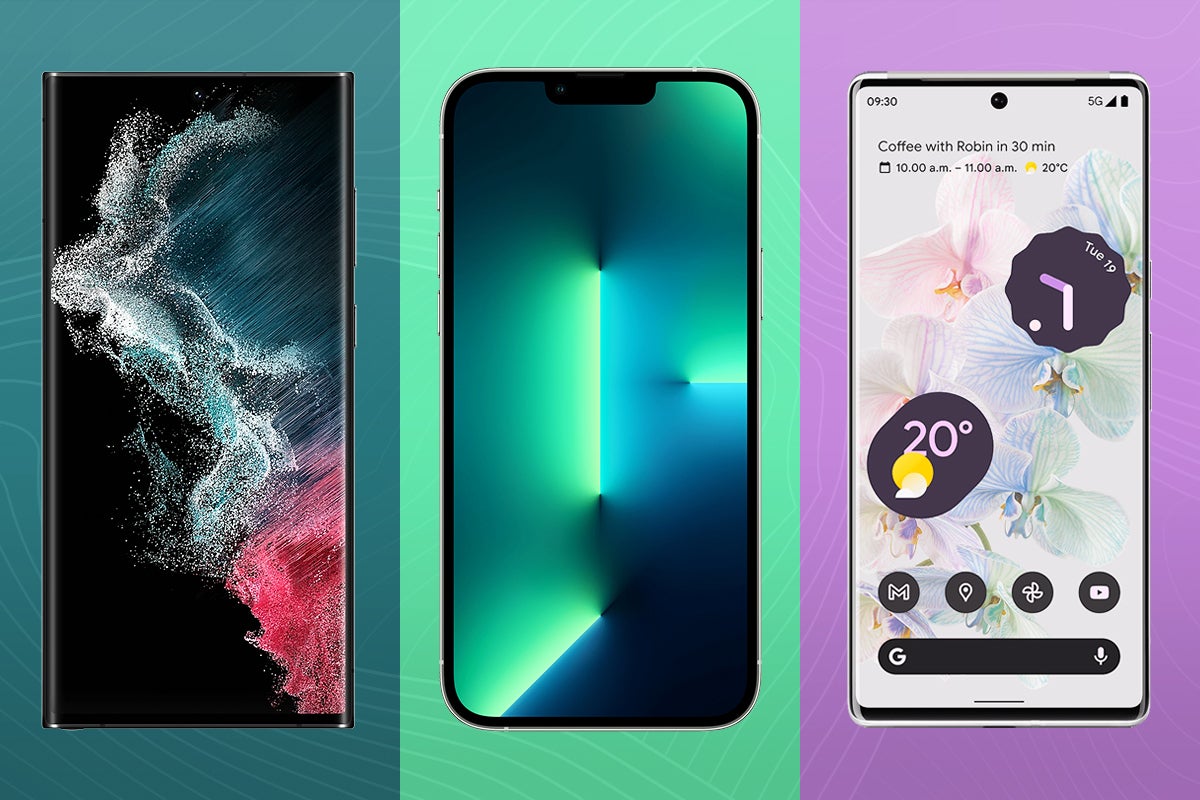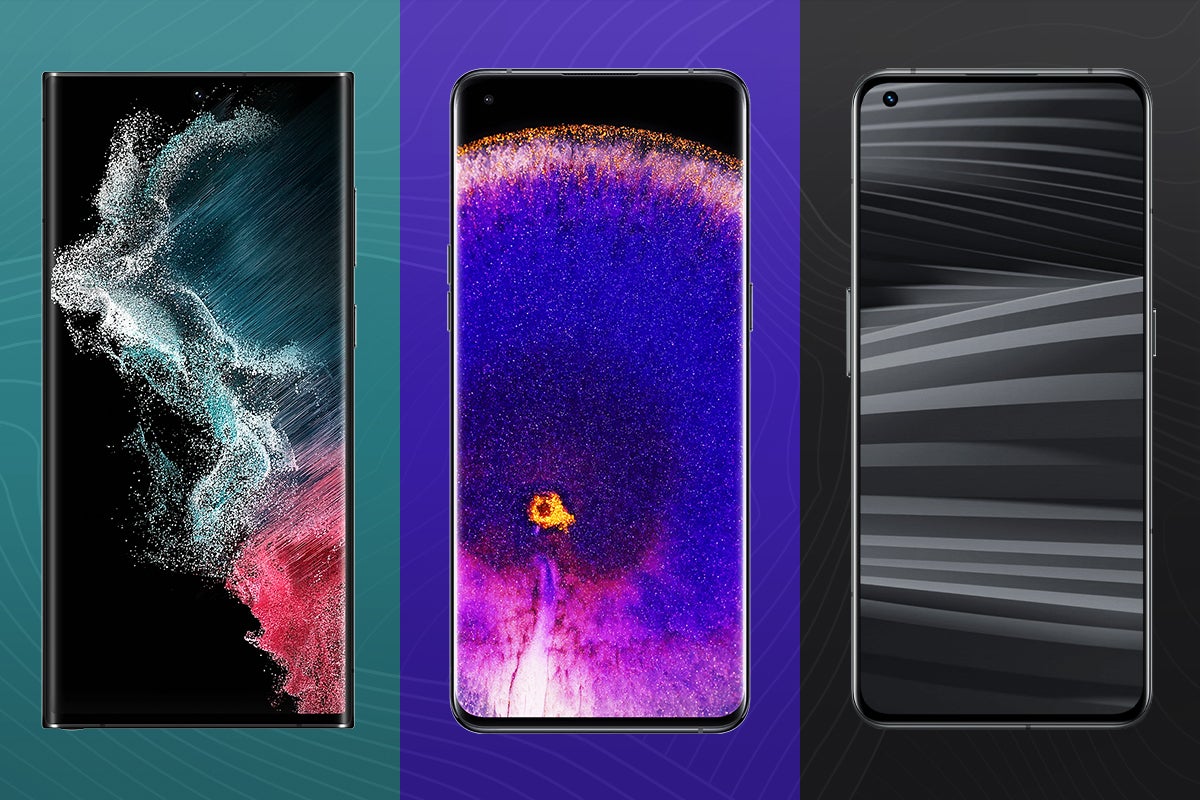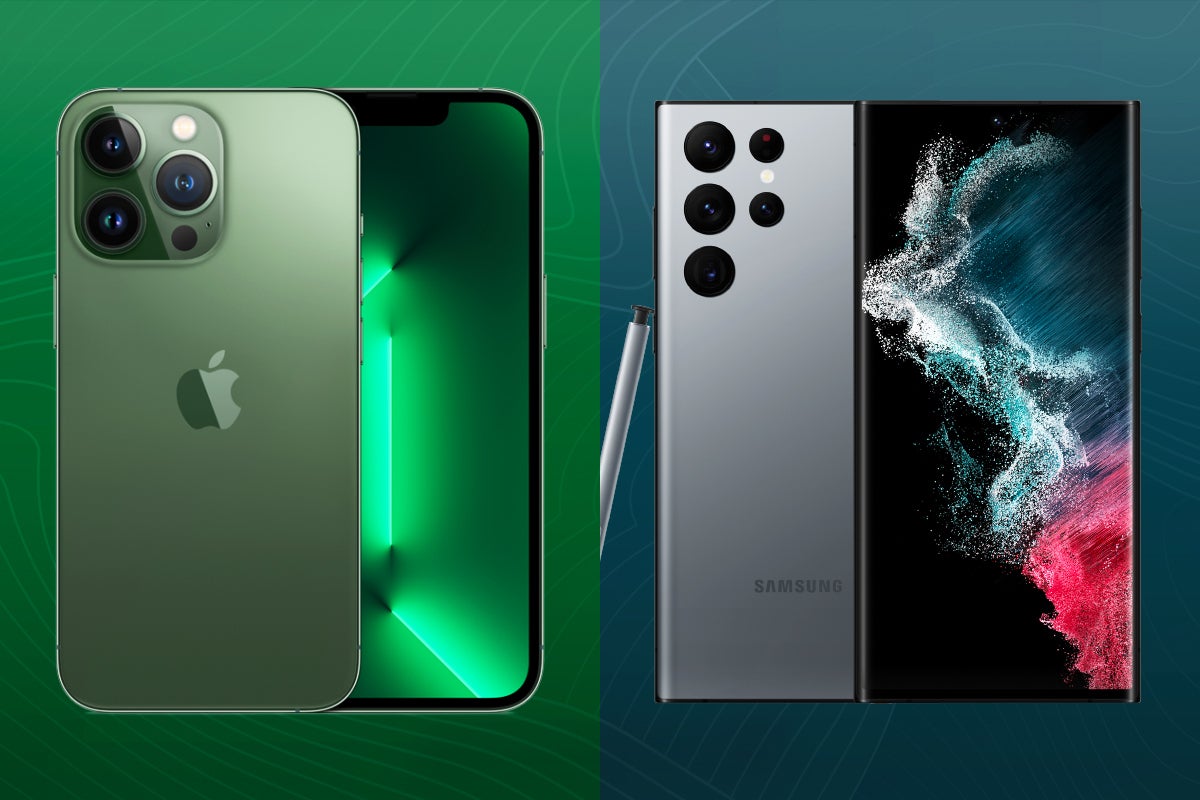Google Pixel 6 Pro Review
The first truly flagship Pixel phone impresses

Verdict
The Pixel 6 Pro is the most advanced phone Google has ever made, featuring a new reworked triple sensor rear camera, LTPO variable refresh rate screen and the firm’s new Tensor silicon. These features, plus its new Android 12 software, add up to earn it a place as one of 2021’s best camera and Android phones.
Pros
- Wonderfully clean, future proof Android 12 software
- Great translation and photo editing services
- All round brilliant rear camera
Cons
- Mediocre battery life
Availability
- UKRRP: £849
- USARRP: $849
Key Features
- Guaranteed be updated to the next three versions of AndroidPlus 5 years of security patches
- Triple sensor rear camera Combines 50MP main, 12MP ultrawide and 48MP telephoto parts
- Powered by GoogleRuns using Google’s Tensor CPU + 12GB RAM
Introduction
The Pixel 6 Pro is Google’s latest flagship smartphone. Sitting above the base Pixel 6, it aims to take on top-end phones such as the Samsung Galaxy S21, iPhone 13 and OnePlus 9 Pro.
In its bid to entice users away from the competition, Google’s offering a unique version of Android 12, a super-charged rear camera and, most interesting of all, a new Tensor chip, which adds a number of exclusive features to the phone, including in-app real time translation.
After a week using the Pixel 6 Pro I can confirm the combination adds up to create one of the best all round experiences available on Android. The new camera is excellent, the LTPO, variable refresh rate screen works very well and the software offers the best user experience available on Android at the moment. The only minor downside is that the Pixel 6 Pro’s battery life is mediocre at best.
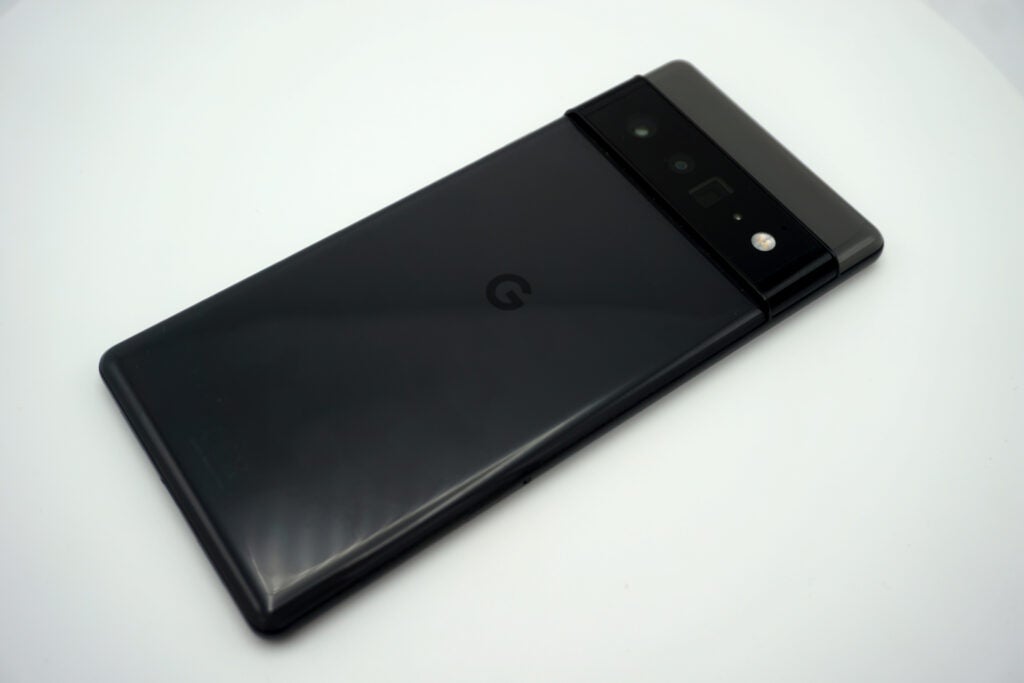
Design and screen
- The Pixel 6 Pro has a very distinctive design
- You’ll want to invest in a case
- The screen’s variable refresh rate makes it great for gaming
Unlike past Google phones, which seem to have been designed to look as unassuming as possible, the Pixel 6 Pro has a very distinctive aesthetic. Taking the Pixel 6 Pro out of the box, I was immediately greeted by the phone’s camera housing, which looks like a visor running across the handset’s back.
The 6.7-inch device was also noticeably heavier than the Galaxy S21 Plus I’d been using previously, to the point where it took me a good half hour to get used to the increased heft.
I’d also strongly recommend anyone buying a Pixel 6 Pro to invest in a case. Though the mixed metal and glass design looks nice and feels well built – the back offers little to no flex when pressed during testing – it is a fingerprint magnet. Within seconds of unboxing the Pixel 6 Pro’s back was a smudgy mess.
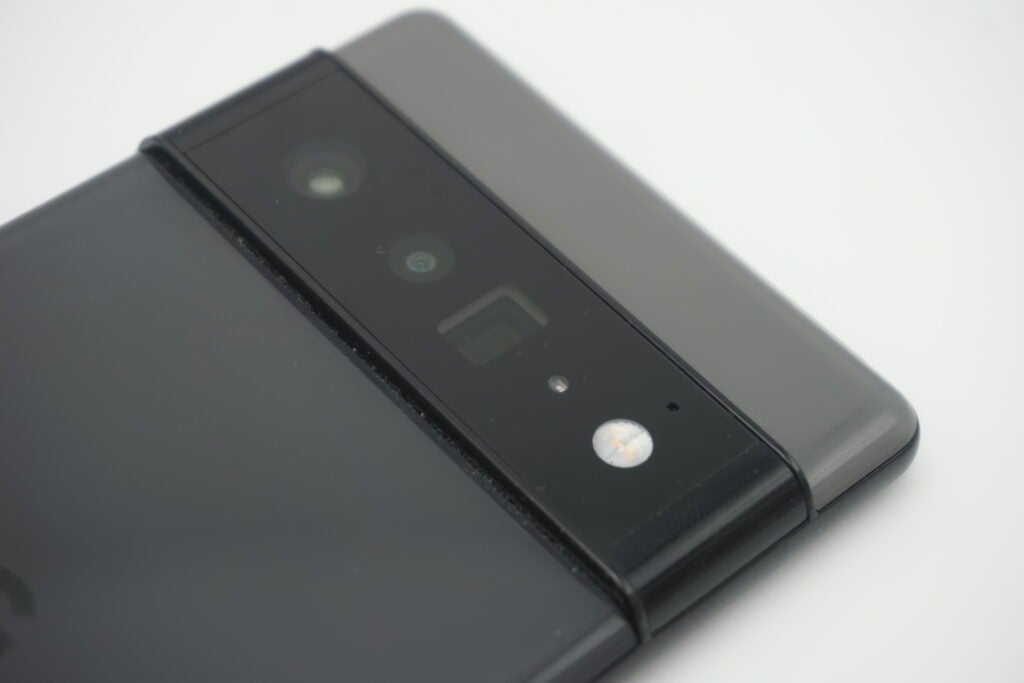
The glass can also become very slippery when wet. Though it can survive the odd accidental downpour thanks to its IP68 certification, the Pixel 6 Pro regularly became quite difficult to get a solid grip on when met with water. Using it in the gym it felt like my sweaty digits were trying to type on a bar of soap, and I had several near misses while using it in the rain. This was largely due to the fact that, like the Galaxy S21 Ultra and many other 2021 flagships, the Pixel 6 Pro has curved glass sides on its front.
My only other minor quibble with the design is that it doesn’t feature a microSD card slot, meaning you’re stuck with either 128GB (tested) or 256GB of storage, which will be an issue if you plan to take lots of RAW photos or shoot video.
Outside of this the phone ticks all the right boxes. The Pixel 6 Pro is the first Google handset to feature an in-screen fingerprint scanner. The scanner works well enough and I had no serious issues with it.
The Pro’s screen is it’s primary selling point. As well as being bigger than the Pixel 6, which has a 6.4-inch screen, the Pro’s 6.7-inch unit has a higher resolution and offers a 120Hz variable refresh rate.
The latter is a key feature that lets the Pixel 6 Pro match significantly more expensive phones, like the iPhone 13 Pro Max and Galaxy S21 Ultra. Refresh rate refers to how many images per second a screen displays. A higher rate makes the screen feel significantly smoother to use and can aid performance when gaming online by reducing the delay between each image.
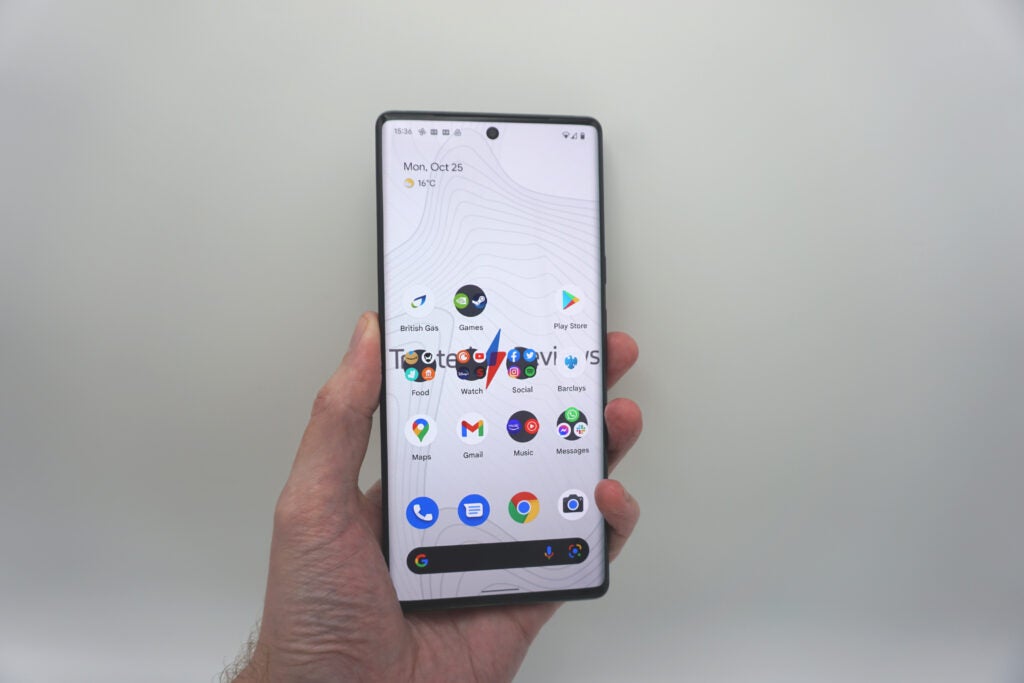
The only downside is a higher rate puts a bigger strain on the battery. Variable refresh rates countermand this by only raising the Hz count when there is a tangible benefit. This means the Pixel 6 Pro’s LTPO panel can run as low as 10Hz to save battery when doing basic things, like reading in the Kindle App, before jumping to 120Hz when you launch PUBG mobile.
During testing I found the tech works a treat and makes everything from gaming to editing video much more pleasant on the Pixel 6 Pro than it is on most competing handsets, and a clear step up on the Pixel 5 with its 90Hz non-variable refresh rate screen.
The screen’s also very good for entertainment, offering suitable max brightness levels to stay legible in most conditions, outside of direct sunlight. This, plus its deep OLED blacks, also make it great for watching HDR content. Watching Blade Runner and the city looked wonderfully detailed, with detail in the darkest depths revealed with ease.
However, the Vivid screen mode’s colors look a little overcooked, though this is an issue I experience on most phones. Thankfully there’s a natural option that makes them look more realistic. For those that like overly saturated “punchy” colours, there’s also an adaptive option. This makes the phone display colors in the Vivid setting until you activate an app where color accuracy is key, like the camera.
The only downside for movie goers is that the Pro only features a single speaker. The speaker sits at the phones bottom, next to the USB C charge port. It offers decent enough audio quality and volume for gaming and watching the odd episode of Final Space on Netflix, but the placement makes it all too easy to accidentally cover when holding the phone in landscape, especially if you’re right handed.
Camera
- Excellent performance in regular and low light
- Takes fantastic portrait shots
- Not got the best zoom functionality
Pixel phones have a strong track record in the world of mobile photography. Year-on-year, each new Pixel Trusted Labs tests manages to earn a place on that year’s best camera phone lists. After a week happily snapping away, this legacy continues with the Pixel 6 Pro, which features one of the most developed cameras seen on a Google phone.
The Pixel 6 Pro has a similar camera setup to the regular Pixel 6, featuring a 50-megapixel (f/1.85) main camera with an 82-degree field of view and secondary 12-megapixel (f/2.2) ultra-wide camera with a 114-degree field of view. The only big difference is that it has a third 48-megapixel (f/3.5) telephoto camera with 4x optical zoom and up to 20x Super Res Zoom.
The main camera performs excellently. Testing it directly against the similarly priced Galaxy S21 Plus, I preferred the images taken on the Pixel 6 Pro in nearly every instance. This is largely because Google’s processing is so much better than on any other phone.
Even using the basic auto setting, images taken on the Pixel looked wonderfully realistic. Colours aren’t quite as oversaturated, or over-sharpened as on the Galaxy, and the phone’s auto focus is one of the fastest I’ve tested this year. On the odd occasion images did come out with slight blurring, Google’s also set to release a custom Face Unblur option. This will let you “unblur” people’s faces using an editing option in the Camera and Photos apps. Sadly it wasn’t available on my review unit at the time of publishing. We’ve contacted Google for comment on when it will launch.
The ultrawide is also very capable, offering a smooth shooting experience and generally great results. I was particularly impressed with how well it dealt with minor hand movements. Photos taken by my very excited nephew came out with only minor aberrations, which is a testament to how good the processing and stabilization is.
Low light performance is excellent. Snapping around dim pubs, photos taken on the Pixel 6 Pro looked sharp, retained decent contrast and were pleasingly distortion free.
The Portrait mode is one of the best I’ve seen offering a wonderful bokeh effect that’s reliably free of the aberrations you get on many competing handsets, even when shooting tricky subjects, like my cats. Bokeh is an effect that blurs the background while keeping the photo’s subject matter in focus.
What makes the Pixel shine compared to other phones is its wonderfully simple, but effective editing options. These include basic things like tweaking contrast, or cropping, plus a few custom services you won’t find elsewhere. The coolest of these are the ability to add a bokeh effect to images after the fact and the Pixel 6 Pro’s “Magic Eraser”. The latter uses the phone’s AI smarts to let you crop unwanted parts of an image out, like photo bombers, with a couple of simple taps.
During testing I found, while Magic Eraser doesn’t work on everything, it was able to reliably let me cut things like people walking in the distance out of shots.
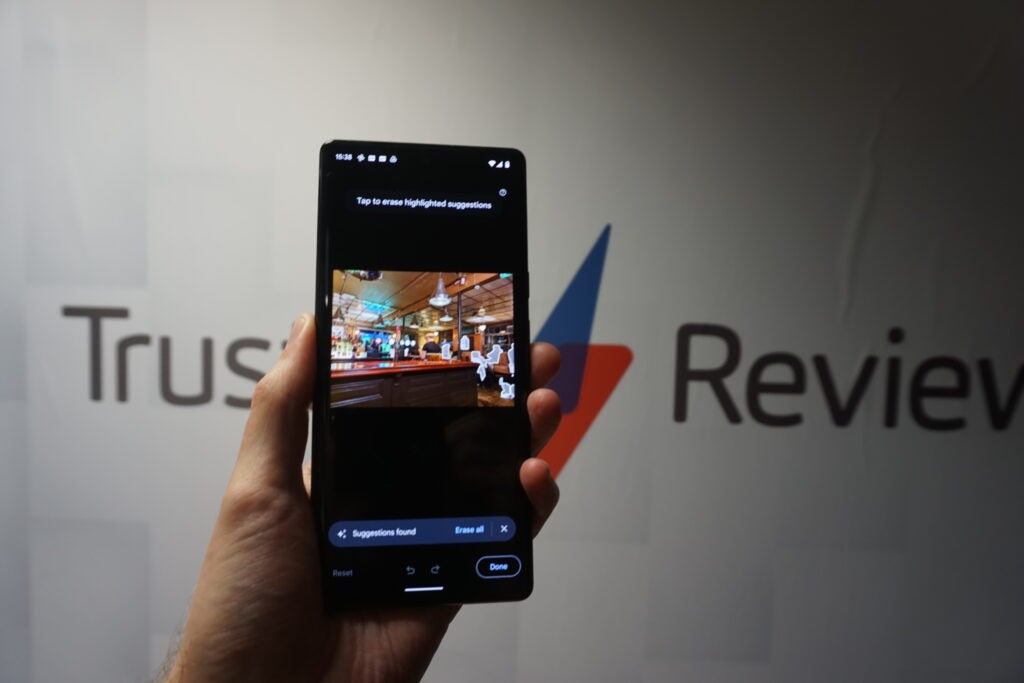
Zoom photography is the only area the Pixel 6 Pro isn’t industry leading. The telephoto lens works well enough for 2x zoom shots, but any more than that and I found I could only get reliably good results using a GorillaPod. The 4x optimal and 20x digital zoom limit also puts it behind many competitors. The Galaxy S21 Ultra remains the industry leader here offering 10x optical and 100x digital zoom capabilities.
The Pixel 6 Pro’s video capabilities are solid. The phone can record in 4K at 60fps and features all the modes most people will need. As ever, Slow Motion remains a highlight, with it performing admirably during testing, creating a fun video of my cats attacking a new toy with ease.
All in all, if you want an easy to use camera phone that doesn’t scrimp on image and video quality, you’ll struggle to do better than the Pixel 6 Pro.




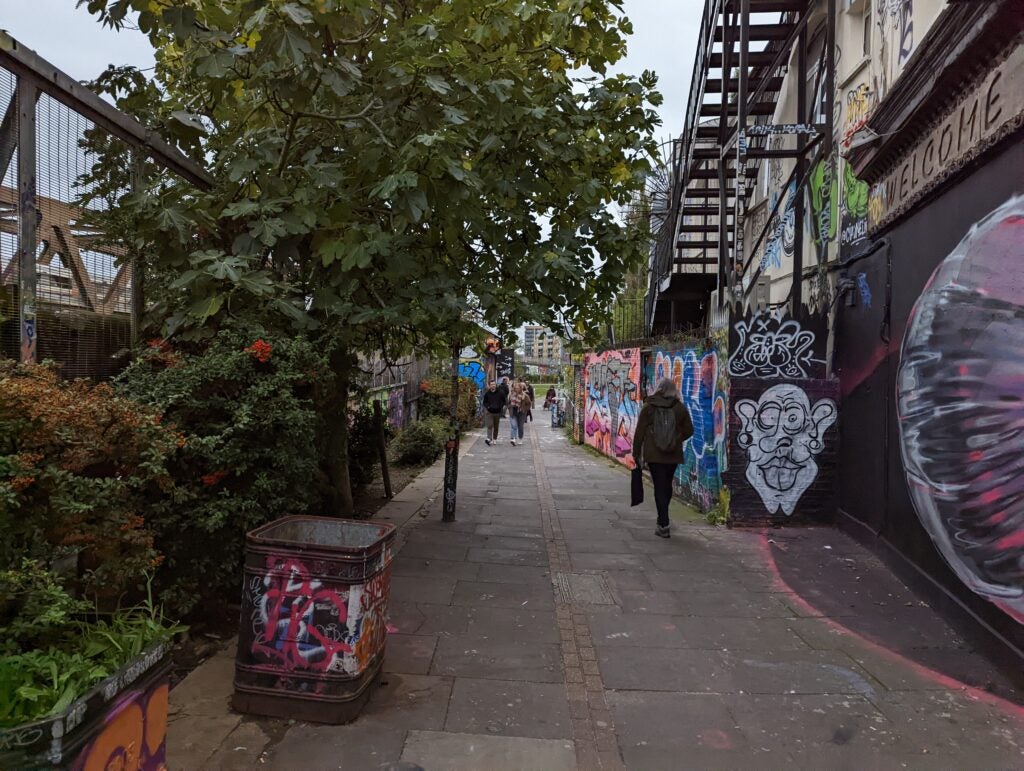
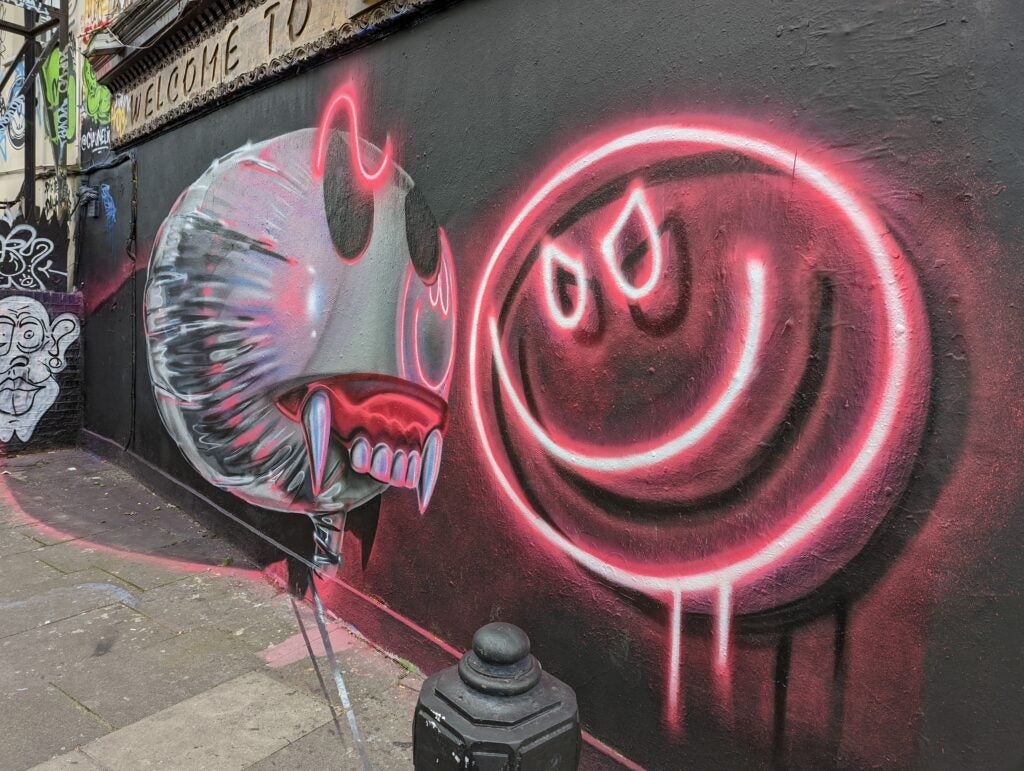

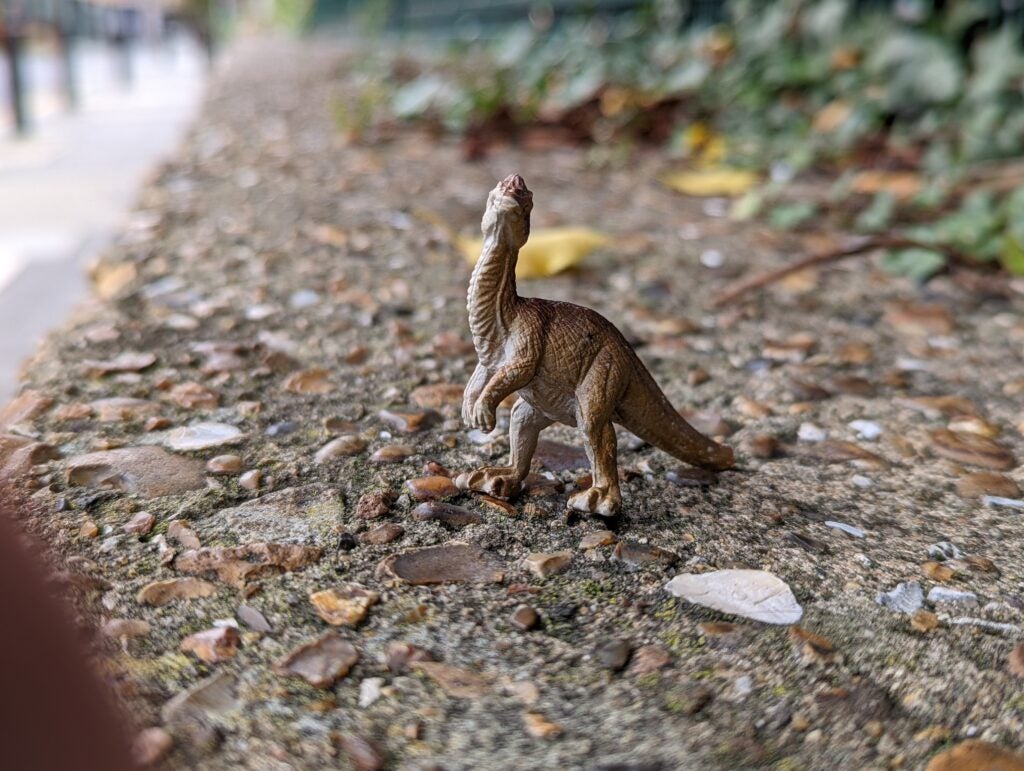


Performance
- New Tensor chip is competitive with Qualcomm’s, making it a solid performer for most tasks
- There are a few bugs, but these will hopefully be ironed out in future software updates
The Pixel 6 Pro runs using the same Tensor chip as the Pixel 6. The only upgrade is that it features 12GB of RAM, compared to the regular Pixel 6’s 8GB.
Tensor is the first mobile silicon made by Google. The firm made a big deal about this during the Pixel 6 and Pro’s unveiling claiming the new chip is “significantly” better than competing parts in key areas including AI and multi-tasking.
And from what I’ve seen it is an impressive chip. Deputy editor Max Parker reported experiencing some “bugs” testing the base Pixel 6, but I’m yet to encounter any serious performance issues reviewing the Pro.
With everyday use apps open instantly, games run chug free, even with their graphics settings maxed and I’ve been able to comfortably edit images using Photoshop Express with zero issues. The only time I had any minor issues was when gaming on GeForce Now, after the first 30 minutes the phone’s back began to noticeably heat up, though not to the point I encountered CPU throttling.
This is interesting as the phone’s synthetic benchmarks put the chip slightly behind some rivals running Qualcomm’s competing Snapdragon 888 chipset in multi-core performance. You can see how it performed against the 888-variant of the Galaxy S21 Plus in the table below.
| Geekbench 5 single-core | Geekbench 5 multi-core | 3DMark Wildlife | |
| Pixel 6 Pro | 1046 | 2914 | 6615 |
| Galaxy S21 Plus | 1006 | 3218 | 5701 |
However, the cooler parts about the chip have nothing to do with gaming framerates or benchmark scores. Google openly said it developed the chip to help offer better AI and machine learning powers. This is apparently why the Pixel 6 Pro can offer things like superior image processing, plus nifty extras like real-time translation and transcription services.
The latter two are particularly impressive. The 6 and 6 Pro aren’t the first Pixels to feature real time transcription services, Google phones have done that for a while. But the system here just makes them better. Conversations captured with the Recorder app are instantly transcribed with industry leading detail. This is a serious selling point for anyone that regularly needs to take notes, like journalists or students.
The real-time translation also works great. Powered by Google Translate, I tested the feature with a French friend. The app accurately detected and reported every expletive he threw my way with harrowing detail. I’d share the video as proof, but trust me, the language is not PG-13.
This is indicative of general improvements Google has made to the Pixel’s software, with the 6 and Pro being the first handsets to launch with Android 12 preinstalled.
You can see a full list of all Android 12’s features in our dedicated guide, but the cliff notes is that it’s THE most user friendly version of Android ever made. The service features a new Material You design that reworks everything from app icons to the notification panel in a bid to make the OS more user friendly.
Being made by Google, the Pixels also come with a healthy guarantee that they’ll receive updates to at least the next three versions of Android, which gives them an element of future proofing missing on many other flagships, outside of Apple iPhones.
Battery
- The Pixel 6 Pro will last a full day with regular use
- But some tasks put a massive drain on the battery
Google also made some pretty bold claims about the Tensor chipset’s power efficiency, making me hopeful its “24 hours” regular use estimate would prove accurate. And for the most part it is.
With regular use I found the Pixel 6 Pro can last a full day. Using it as my main work and personal phone, I generally made it through the day with at least 20%. This entailed making and taking a few calls, constantly checking incoming messages and social media alerts, browsing the web, watching a few videos on YouTube and a 30 minute gaming session on GeForce Now.
Standby times are also excellent. Leaving the phone overnight I never saw more than 1-3% of the battery drop, which is impressive.
But certain tasks outright drain the battery. Video playback saw the phone lose an average of 6-7% of its charge, which is fairly standard. But gaming and video recording put a dramatic drain on the battery.
Playing games offline the phone lost as much as 25-30% of its charge per hour. Going onto GeForce Now running over WiFi or 5G things got way worse. On one occasion I managed to knock a good 45% off the phone’s battery after 40 mins playing Grim Dawn over the cloud.
Thankfully, in these instances it is possible to Fast Charge the Pixel 6 Pro. The device features support for 30W fast charging. A plug isn’t included in the box, so you’ll need to invest in one if you want to take advantage of the functionality. Google claims, if you do, you’ll be able to get 50% charge off 30 minutes at the mains. With real world use I was able to reliably get 50% charge in around 30-40 minutes using a 30W charger, which is impressive.
Latest deals
Should you buy it?
You should buy the Pixel 6 Pro if you want the best user experience Android has to offer. The Pixel 6 Pro is the best way to experience Google’s new Android 12 operating system. Featuring a blissfully bloatware free install of the OS, a number of exclusive services like live translation, and a guarantee it’ll be updated to at least the next three versions of Android, this is the ultimate option for fans of Google’s software.
You shouldn’t buy the Pixel 6 Pro if you want best in class battery life. The Pixel 6 Pro is a very capable phone, but it offers mediocre battery life. Most people will be able to get a day’s use out of it, but if you’re a hardcore gamer it’ll struggle to last more than 3-4 hours, let alone a full day off a single charge.
Final Thoughts
The Pixel 6 Pro is one of 2021 best Android and camera phones. The upgraded rear camera has some of the best processing in the business and can deliver excellent photos in conditions that render many competing phone’s sensors unusable. The new Tensor chip also adds a wealth of exclusive features to the phone’s already excellent Android 12 software, making it an easy recommendation to any buyer looking for a top end Android phone.
How we test
We test every mobile phone we review thoroughly. We use industry standard tests to compare features properly and we use the phone as our main device over the review period. We’ll always tell you what we find and we never, ever, accept money to review a product.
Used as our main handset during test period
Camera tested in variety of situations with all modes
Tested with synthetic benchmarks and real world use
Battery tested with real word use and synthetic drains
FAQs
The Pixel 6 Pro supports Qi wireless charging.
The Pixel 6 Pro is IP68 certified. This means it can survive short submersions and being used in the rain, but is not fully waterproof.
Google does not provide a case with the Pixel 6 Pro. You will have to buy one separately if you want to protect the phone.

